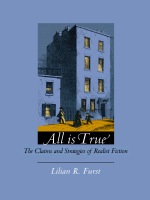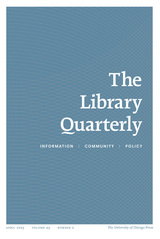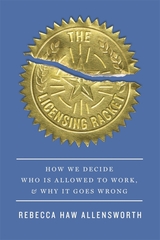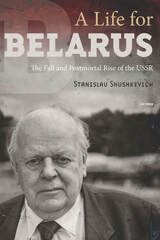
In close textual analyses of works ranging across European and American literature, including paradigmatic texts by Balzac, Flaubert, George Eliot, Zola, Henry James, and Thomas Mann, Furst shows how the handling of time, the presentation of place, and certain narrational strategies have served the realists’ claim. She demonstrates how readers today, like those a hundred years ago, are convinced of the authenticity of the created illusion by such means as framing, voice, perspective, and the slippage from metonymy to metaphor. Further, Furst reveals the pains the realists took to conceal these devices, and thus to protect their claim to be employing a simple form. Taking into account both the claims and the covert strategies of these writers, All Is True puts forward an alternative to the conventional polarized reading of the realist text—which emerges here as neither strictly an imitation of an extraneous model nor simply a web of words but a brilliantly complex imbrication of the two.
A major statement on one of the most enduring forms in cultural history, this book promises to alter not only our view of realist fiction but our understanding of how we read it.

What is meant by "romantic irony"? What is specifically romantic about this kind of irony? How does it relate to--and differ from--ordinary, traditional irony? Is it a variant of traditional irony, or an independent phenomenon? Are its lines of demarcation primarily historical or modal? How does it become manifest in a text? What is its impact on the art of narration?
These are the questions that Fictions of Romantic Irony addresses. It makes a new approach to romantic irony by envisaging it in a broad European context in relation both to earlier concepts of irony and to traditional uses of irony in narration. Fictions of Romantic Irony shows how irony was transformed in the hands of Friedrich Schlegel, Hegel and Kierkegaard. Through an analysis of six major European narratives of the mid-eighteenth to the mid-nineteenth century it illustrates the reciprocal interplay of theory and practice, and the complex and central role that irony assumes as a shaping aesthetic factor. Using a wide perspective and an original synchronic disposition of texts within its historical framework, it identifies the distinctive philosophical and literary features of romantic irony.
Fictions of Romantic Irony presents an important theory of romantic irony, distinguishing it from traditional irony in the handling of fictional illusion and in the dynamics of the tripartite relationship between narrator, narrative and reader. It dispels many common, limiting fictions about romantic irony, and offers a robust understanding of its workings in narrative and its significance for modern fiction.
READERS
Browse our collection.
PUBLISHERS
See BiblioVault's publisher services.
STUDENT SERVICES
Files for college accessibility offices.
UChicago Accessibility Resources
home | accessibility | search | about | contact us
BiblioVault ® 2001 - 2025
The University of Chicago Press









